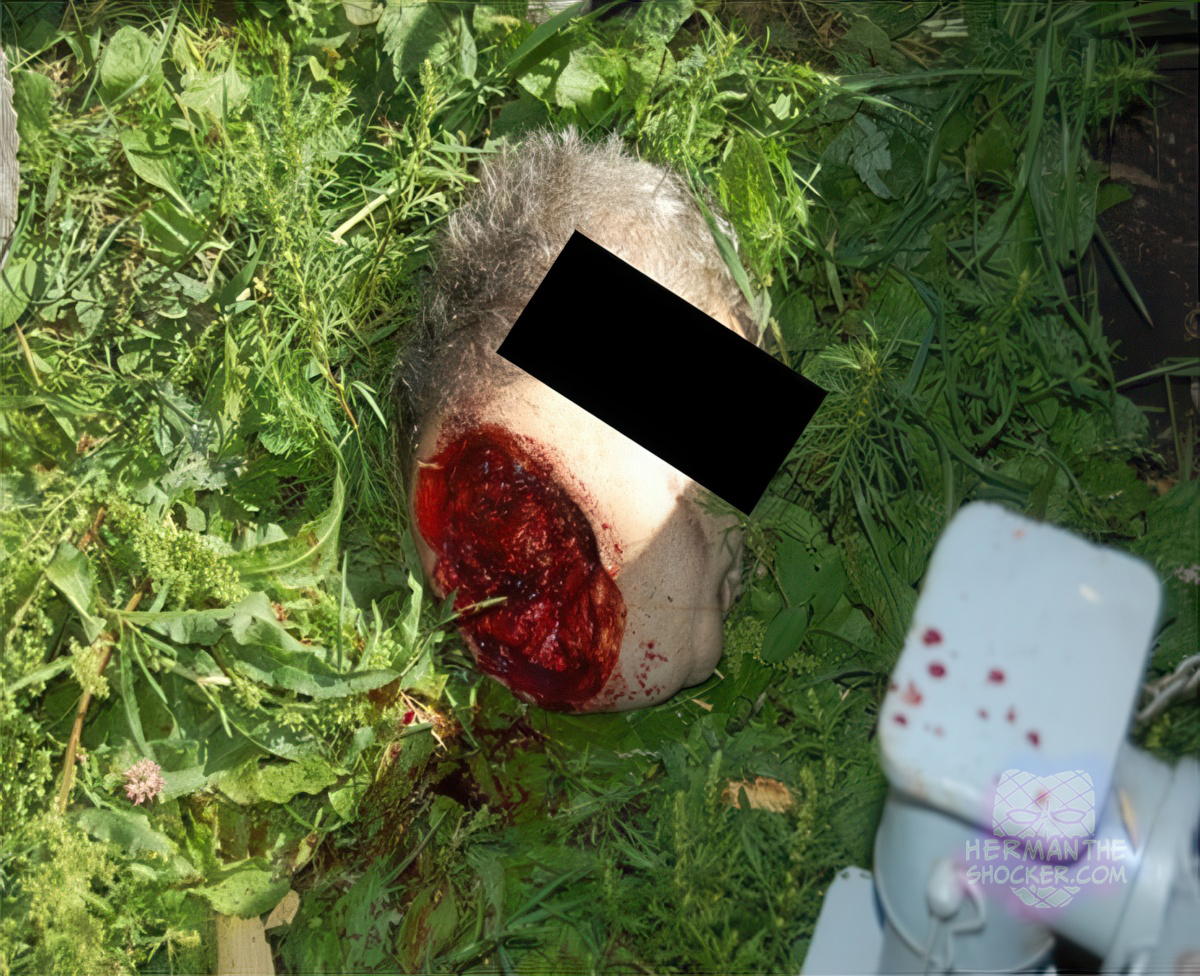The decedent was a 47-year old motor mechanic, who worked in a workshop in a rural community. He had been diagnosed with bipolar disorder approximately five years prior to his death and was being treated for this condition. He had been consulting a doctor fortnightly for the past year due to his suicidal tendencies. The decedent’s wife stated that he had started speaking more frequently about suicide following the death of his friend. In addition, the decedent was worried about debts he could not pay on time. His medications included Seroquel, Mirapex, trazodone, carbamazepine, Wellbutrin, and gabapentin.
On the day of his death, the decedent had left for work around 9:30 am after a heated argument with his wife regarding his medication. He was expected to be at home on this particular day, as he had a pre-scheduled visit with his mental health worker. When the worker arrived at 10:00 am, the decedent was neither at home nor at the workshop. However, he was found later by his wife and the mental health worker, in his yard beside a log splitter with his head separated from his body.
The subsequent death investigation included a postmortem examination and a scene visit. A horizontal incised wound was found across the upper part of the neck with a mildly abraded margin running almost horizontally approximately 15 cm (5.9″) vertically below the tragus of each ear. The neck muscles, common carotid arteries, esophagus, larynx, and other neck structures were found cleanly incised with surrounding mild bruising. A cut fracture was found at the level of the 5th cervical vertebra associated with a completely transected spinal cord at the same level. The surrounding skin was smeared with dried blood. There was no other evidence of external physical violence.
The quantitative toxicological analysis identified trazodone, quetiapine, and free morphine. The results of the toxicological examination for ethyl alcohol and other drugs were negative.
Examination of the scene revealed a home-use electrically powered log splitter, which was fixed on the edge of a raised wooden platform on one side. In order to split wood with this machine, the operator should be in a standing position facing towards the operating lever. This is a precaution to ensure that the operator is placed a considerable distance away from the cutting wedge while splitting wood.
The machine is operated by holding on to a lever with the power on. If the hand is taken off the lever, the machine stops immediately, ensuring safety. In this case, the lever was found jigged with a bungee cord, which allowed the machine to continue operating without the lever being held manually. The distance between the mobile plate and the blade at rest was 150 cm (4’11”). The time required for the mobile plate to move from its “resting” position to the blade at the other end was 5.5 s. At this maximum closure position, there was a gap of 5 cm (1.97″) between the mobile plate and the blade. In reconstructing the decedent’s actions, it became apparent that he had taken the 5 cm gap into consideration, as his neck had been positioned close to the cutting blade and a log had been placed between his neck and the mobile plate. This had enabled his neck to be completely severed.
Investigation of the scene allowed conclusion of the following chronological order of the terminal event. Firstly, the decedent plugged the extension cord into the power source and flicked the switch to the “on” position. He left the female end of the extension cord near the machine, but unplugged. He then jigged the lever to the “on” position with the bungee cord, placed the log against the mobile plate of the machine, and positioned his neck between the log and the curved sharp blade at the end of the machine while lying down on the wooden platform. Finally, he connected the male end of the machine’s electrical cord to the female end of the extension cord, completing the electrical circuit. The flat plate pushed the log and his neck towards the curved blade, first cutting the neck and then splitting the log into two pieces. The time it took to cut through the neck would have been significantly less than 5.5 s, as his neck was next to the blade and the log was between his neck and the mobile plate.
The complete severance of the neck was a result of a heavy sharp force impact and compatible with that caused by the cutting wedge of the log splitter. A suicide note was recovered from the house. The autopsy confirmed the cause of death as decapitation. The decedent’s past medical history, the scene findings, and the recovery of the suicide note confirmed that the manner of death was suicide.
Suicides in patients with psychiatric disorders especially those with bipolar disorders are not uncommon. In the present case, the decedent was suffering from bipolar disorder and had suicidal ideations. However, treatment compliance, psychotherapy, proper social supports, and avoidance of lethal weapons could reduce the incidence of suicides in these patients. This deceased, although he was being followed up by health care professionals, was not compliant and did not take his medications, according to the postmortem toxicology report. His social and financial problems contributed towards his decision to commit suicide.
Latest posts












